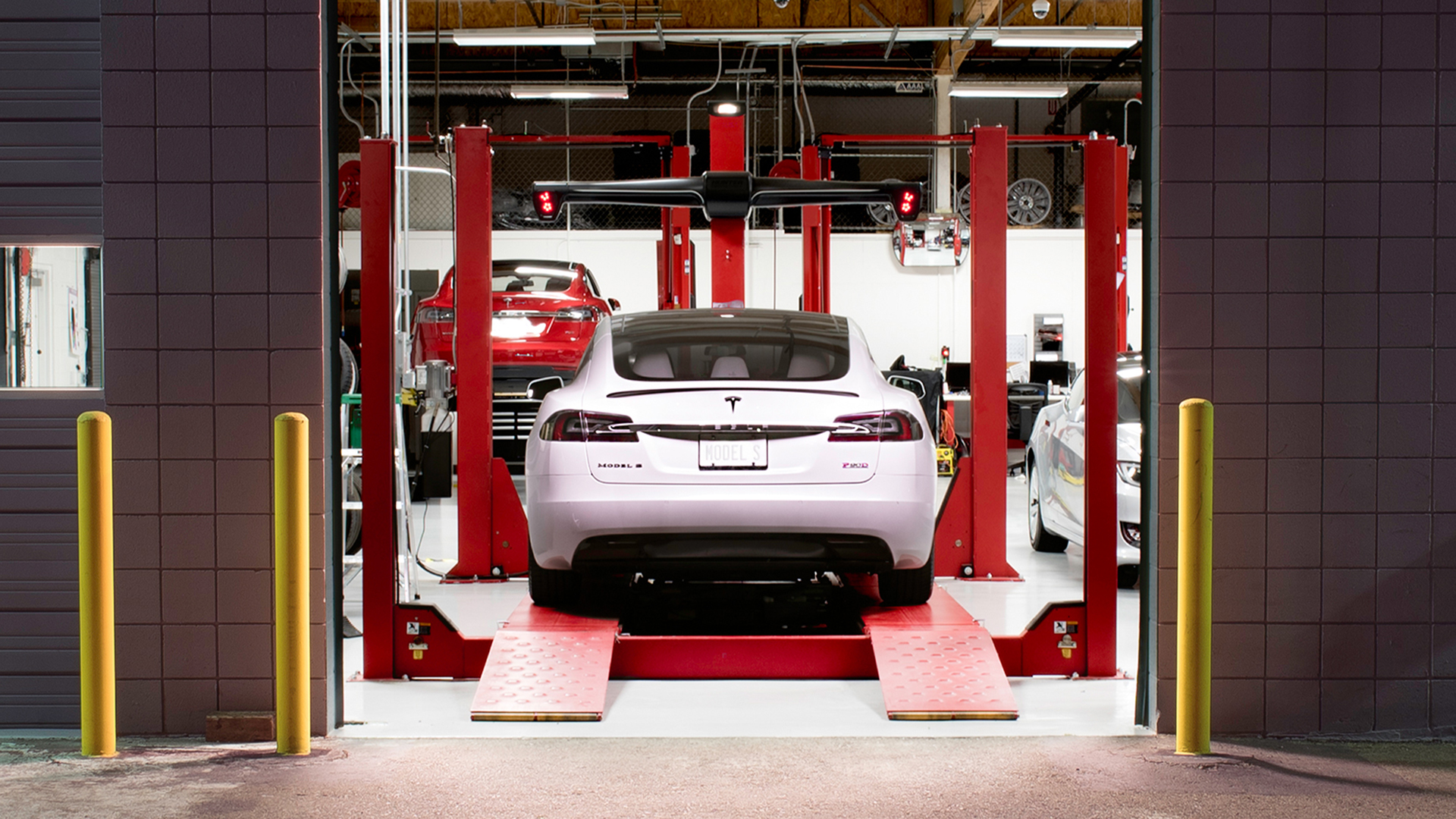

Rumors began to surface last week that Tesla intended on discontinuing its cheapest, most entry-level Model S. It’s believed that this sort of lineup restructure is a strategic move to strengthen the Model S’ place as top-tier sedan by creating a large price gap between the entry level Model 3 and Model S. Now, a few newly delivered 75 kWh Model S units have begun surfacing with 85 kWh battery packs already installed—an option which Tesla had discontinued in early 2016.

If you were to order a Model S today, you have the option of choosing one of two battery packs; the 75 kWh and the 100 kWh. The rear-wheel-drive only Model S 75 packs a (you guessed it) 75 kWh batter pack, but is soon to be discontinued in favor of the 75D being the bottom rung of the Model S latter. Interesting reports have popped up from six brand new Model S and Model X owners who purchased a vehicle equipped with a 75 kWh battery. These owners found that their cars shipped with 85 kWh batteries and not 75 kWh as they expected, but their cars still reported 75 kWh as full capacity. What gives?
We’ve seen this trick before, Tesla. In the past, Tesla has had numerous other offerings, including a 40, 60, 70, 85, and 90 kWh battery pack. If you were the owner of a 40 kWh your car actually shipped with a software limited 60 kWh battery. Likewise, if you purchased a facelifted 60 or 70 kWh, the vehicle was actually equipped with a 75 kWh battery that was ultimately “unlocked” to allow users to charge to the battery’s full capacity.
Fortunately for these owners, this could mean two things:
- The vehicle may later be software upgraded to charge to the full 85 kWh. This essentially provides a free upgrade to these owners to pack on a few extra miles, despite the 75 kw already boasting an impressive 259 miles.
- The vehicle will charge quicker. Lithium Ion batteries have certain characteristic to their charging that slows down while reaching the overall capacity. Think of it similarly to how a gas pump slows down when reaching the end of the $20 that was pre-paid to the cashier. Because the charger is not filling the last 12% of the battery, the charge will reach 100% sooner than if it were filling a 75 kWh battery to full capacity.
Tesla could just be getting rid of old stock batteries, which is possible considering the introduction of the new 2170 battery cell, but unlikely unless Tesla has changed their minds in the past few months. If we know Tesla, something is going to change in the near future. Pure speculation would be that the Model 3 is offered a 60 and 75 kWh battery pack and the Model S is offered an 85 and 100 kWh option. However, there is no reasoning to believe this other than taking Tesla’s history with battery sizes into consideration with the knowledge that the 18650 cell is here to stay. Perhaps we will know more at the official release of the Model 3 on Friday.